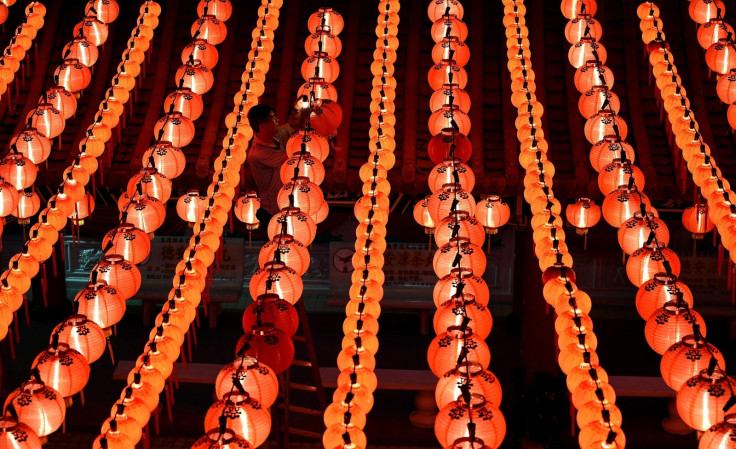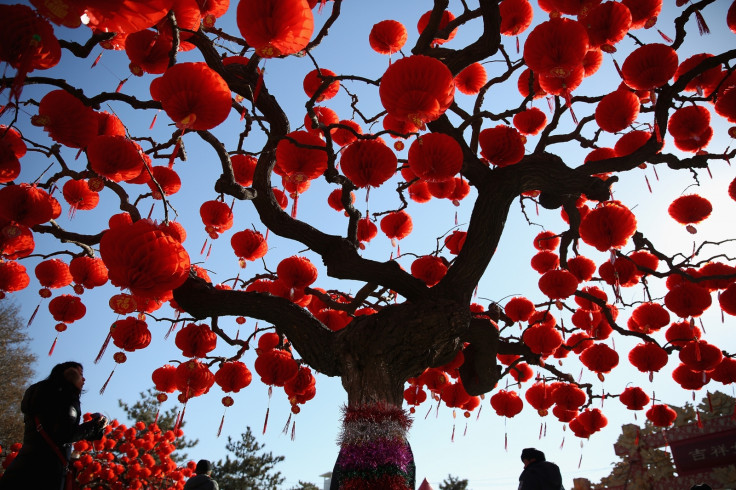Lantern Festival: History and origins of the 2,200-year-old Chinese celebration

The annual lantern festival is one of the biggest dates in the Chinese calendar, bringing an end to Chinese New Year celebrations with a variety of colourful lights, decorations and fireworks. Celebrated on the 15th day of the first month of the lunar calendar, in 2015 the festival falls on 5 March.
From as early as the Western Han Dynasty, 206BC to AD25, the Lantern Festival had become a festival of great importance to Chinese communities. Modern-day celebrations from Taiwan to New York culminate with a feast for the senses, a spectacle of embellished lanterns, mouth-watering food and stunning fireworks.
The most likely is the celebration of the coming of the spring season and with it, longer daylight hours. It began as a sign of appreciation of the first full moon of the new year, which occurs on 15 January in the lunar calendar, when thousands of lanterns were hung outside to pay homage to the moon. Over the centuries, the festival evolved into the celebration it is today and lanterns became larger and more elaborate.
In modern times, the festival is sometimes referred to as Chinese Valentine's Day because of the opportunity it gave young girls and boys to go out in the evening.

Myths and legends
Stories of the origin of the Lantern Festival vary, yet are deeply rooted in the history of the celebration. According to some, the birthday of Tianguan, the Taoist god of good fortune, coincides with the festival and so celebrations took place in the hope of good luck. Over time, the festivities formed the modern-day Lantern Festival.
Another story of the festival's origins centres on the Jade Emperor, one of the representations of the first god in Chinese culture, traditional religions and mythology. The tale tells the story of how the Jade Emperor's favourite crane was hunted and killed as it flew down to Earth. Furious, the Emperor planned a firestorm as retaliation on the people, who were warned of this by his daughter.
A wise man from one village suggested the people hang red lanterns outside and create bonfires for three days, to trick the Jade Emperor into thinking the village was already ablaze.

Yuan Xiao
The legend of Yuan Xiao is set in the Han Dynasty era. A maid in the emperor's palace, Yuan Xiao was about to commit suicide as she never saw her family. A man heard her crying and promised to help her. He set up a fortune-telling booth and told everyone the same story: that a fairy sent by the god of fire would start a fire on 15 January. Pretending to be the fairy, Yuan Xiao presented the emperor with a decree informing him the city would be burnt to the ground.
The emperor turned to the man for advice, who told him to offer sweet dumplings – called tangyuan – to the god of fire, while hanging lanterns and red decorations to appease him. Yuan Xiao's parents were reunited with their daughter as they arrived to admire the palace decorations. The emperor declared the day a success and over time, it morphed in the modern-day Yuanxiao festival.
© Copyright IBTimes 2025. All rights reserved.




















